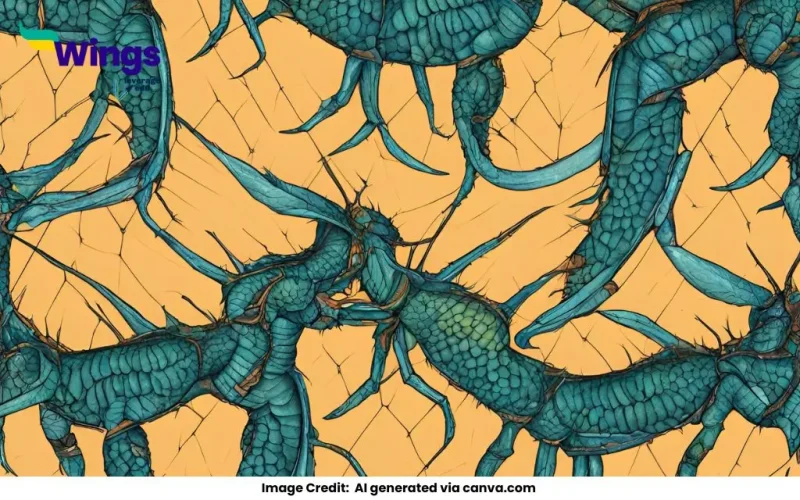An apothorax refers to an anatomical condition or structural deformity in which there is an abnormal fusion or loss of differentiation between the thoracic segments of an organism, primarily observed in certain arthropods or insects. This term is most commonly used in biology and entomology to describe anomalies in the thorax region.
The thorax is a central body segment of many organisms, particularly insects, that serves as the attachment site for legs and wings. An apothorax, as the name suggests, refers to the absence or abnormality in the usual segmentation of this region.
Complete Answer:
Understanding the Thorax and its Segments
In insects, the thorax is divided into three distinct segments:
- Prothorax: The first segment that attaches to the head, bearing the first pair of legs.
- Mesothorax: The middle segment, bears the second pair of legs and, in winged insects, the first pair of wings.
- Metathorax: The last segment, bearing the third pair of legs and the second pair of wings in flying insects.
Each segment is specialised for mobility and other functions. An apothorax, or lack of proper segmentation, can result in developmental issues affecting the insect’s locomotion, respiration, or even survival.
Causes of Apothorax
- Genetic Mutations: Certain mutations during the embryonic development of insects can lead to this condition.
- Environmental Factors: Exposure to harmful chemicals or adverse conditions may disrupt normal segmentation development.
- Evolutionary Adaptation: In some cases, the fusion of thoracic segments is an evolutionary adaptation to improve functionality in certain species.
Did You Know?
The insect thorax plays a critical role in respiration as it contains spiracles, which are small openings for gas exchange. Some wingless insects show a natural fusion of thoracic segments as an adaptation to their environments.
An apothorax is a fascinating biological phenomenon that highlights the intricacies of organismal development and evolution. By comprehending such conditions, students can gain deeper insights into anatomy, developmental biology, and evolutionary adaptations.
Common Doubts in Biology
 60,000+ students trusted us with their dreams. Take the first step today!
60,000+ students trusted us with their dreams. Take the first step today!


 One app for all your study abroad needs
One app for all your study abroad needs










